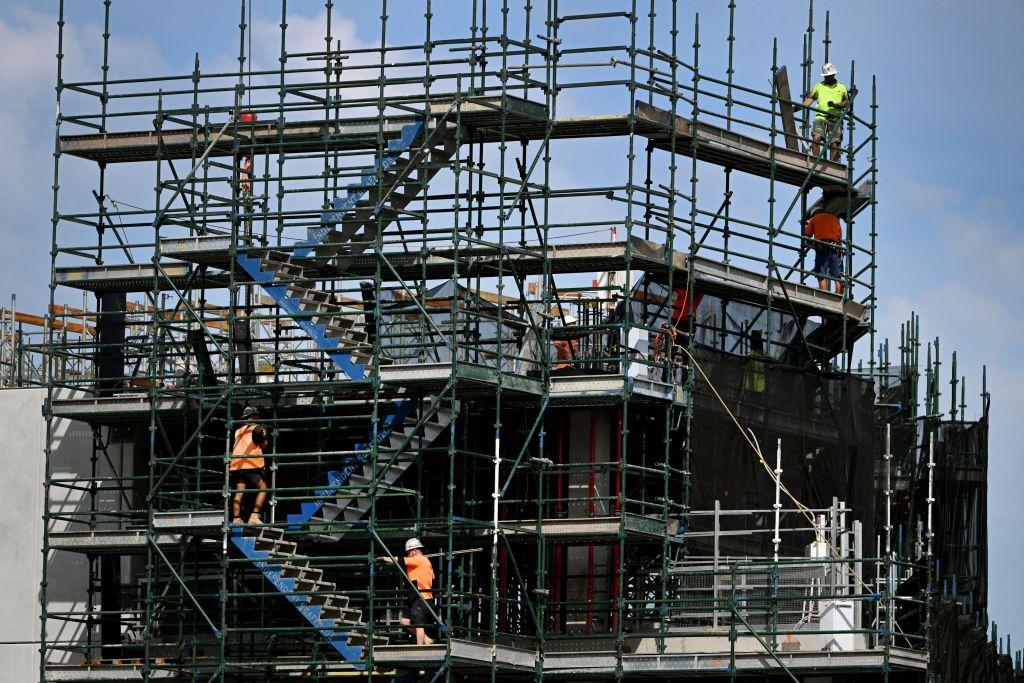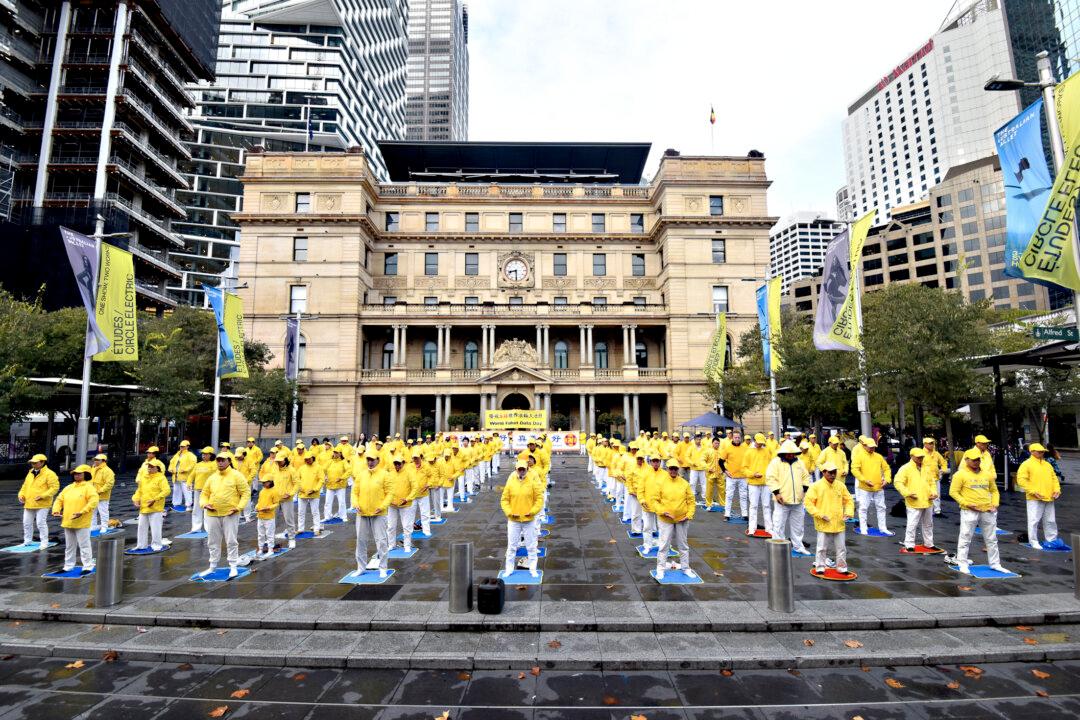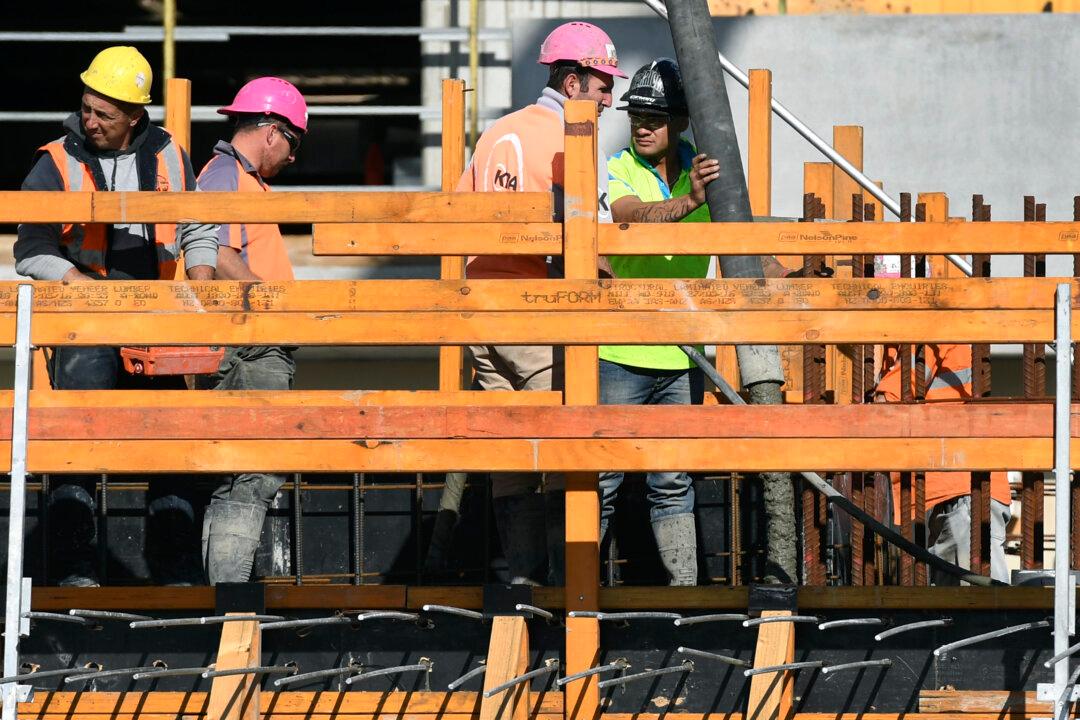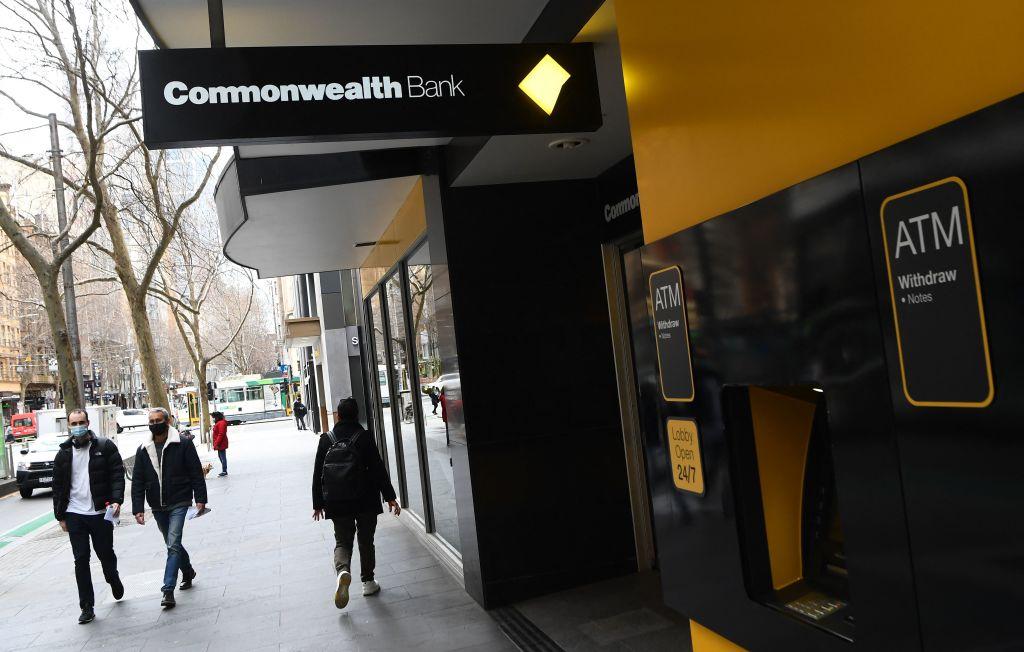New housing approvals across Australia continued to decline in April, plummeting to its lowest level in 11 years. The implications for housing supply deepen the concerns that the rental and affordability crisis would deteriorate further.
The total number of dwellings approved nationally fell 8.1 percent in April to a seasonally adjusted 11,594, the lowest level since 2012 April, according to the May 30 data released by the Australian Bureau of Statistics (ABS). This follows a one percent decrease in March.





